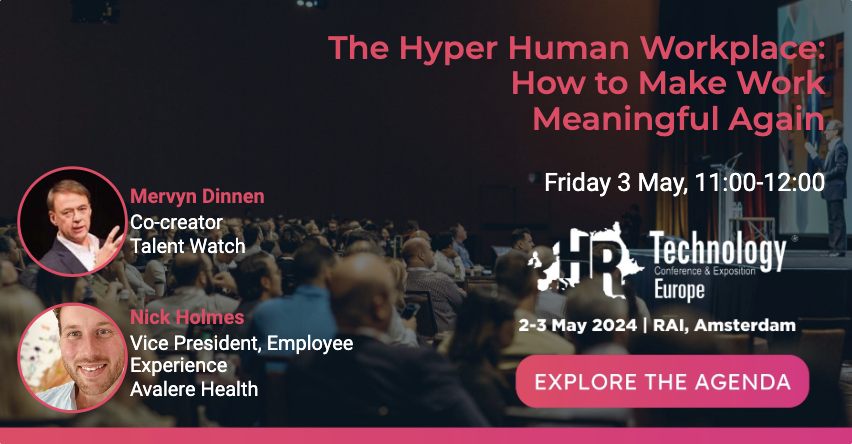If there’s one key HR trend that seems to dominate most conversations around the world of work in 2024 it’s employee experience – and by association that includes employee engagement, recognition and retention. I’ve been involved in conference and podcast discussions around retention being the new recruitment, 2024 being the year of trust, and how we can best combat burnout and put the meaning back into our work.
It shouldn’t be hard to get right. So much of the time in our businesses will be spent looking at how we engage with potential customers or prospects, and how we then make sure that they are loyal to our brand and we can continue in engaging with them and building partnerships, that trying to apply that to our people should be straightforward. Yet it often isn’t.
In a recent podcast conversation I spoke with ⭕️ Nicky Hoyland CEO and co-founder of employee experience platform Huler, about how we can better understand employee experience and help create more of the ‘moments that matter’ for our people. These moments, when combined with strategic use of technology, should help to create an environment that engages our people and helps support them in achieving their personal and professional goals.
Nicky identified 6 key trends for enhancing employee experience in 2024:
1. Understanding the Link Between Experience and Engagement
Employee experience isn’t just a buzzword; it is something that directly impacts engagement within the business at all levels. A lot of time, effort and investment goes into creating customer experiences that will help build and maintain the relationships that lead to positive commercial outcomes and HR professionals need to focus on similarly creating engaging touchpoints throughout the employee lifecycle.
2. Technology is an Enabler, Not a Solution
While technology is essential in helping create great experiences and moments that matter, it can’t be a standalone solution. There should be a focus on intentionally designed experiences, creating personalised interactions, recognition and finding a way to use technology to reduce cognitive load.
3. Mapping Key Moments in the Employee Journey
Do we really understand the moments that matter to our people? We need to identify the critical touchpoints – from application, recruitment, interviewing to onboarding, managing daily workflows and beyond – that have a significant influence on employee satisfaction and engagement. Personalising these moments can help create a lasting positive impression and helps foster positive engagement and retention.
4. Consider Generational Shifts in Tech Expectations
We need to recognise that there are varying expectations of workplace technology across generations. Younger employees in particular expect user-friendly, personalised technology experiences in the workplace, driving the need for consumer-grade tech solutions. As Brian Kropp once famously said when he was VP at Gartner “Employees want their 9-5 to look like their 5-9. And employees’ 5-9 lives are full of seamless, effortless experiences, largely enabled by digital technologies”
5. Embrace Hyper-Personalisation with AI
Whilst expectations may vary, one expectation that is consistent is the that of personalised, seamless experiences based on individual preferences. Tailoring interactions to meet these expectations of personalisation will enhance engagement, and also reduce any potential cognitive overload, so boosting productivity, providing AI driven solutions are deployed and integrated ethically.
6. Taking Action: Quick Wins and Collaboration
A great way to get buy-in from the start is by addressing any ‘low-hanging fruit’ discrepancies in the employee journey that have been identified through employee feedback. Implementing quick wins – particularly something like simplifying processes around leave booking – and also consolidating technology solutions to ensure a seamless experience will help to drive adoption and boost employee experience.
Enhancing employee experience in 2024 requires HR professionals to blend human-centred design with strategic technology adoption, focusing on AI-driven personalised interactions – particularly for critical touchpoints and employee interactions – to create engaging workplaces that foster retention, productivity, and employee satisfaction.
You can catch my full chat with ⭕️ Nicky Hoyland in this episode of the HR Means Business podcast.
